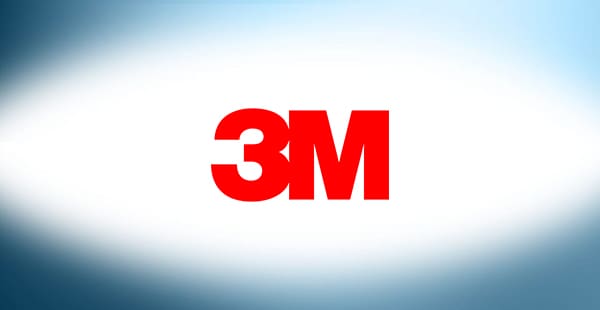01. History of Asbestos Use
Minnesota Mining & Manufacturing History of Asbestos Use
Minnesota Mining & Manufacturing (3M) started in 1902 in Two Harbors, Minnesota. It focused on manufacturing sandpaper and other abrasives for over a decade. With success, the company began producing other products, including consumer goods. By the 1930s, some of them contained asbestos.
For example, some of 3M’s adhesives and cements contained asbestos fibers. This practice continued until the 1980s. These products harmed employees and consumers, leading to thousands of lawsuits. The company has reported more than $122 million in asbestos liabilities.
While other companies have filed for bankruptcy over asbestos claims, 3M has not. It continues to handle its asbestos liabilities in court and through settlements.
In 2002, Minnesota Mining & Manufacturing changed its name to 3M Company.
Resources for Mesothelioma Patients
02. Asbestos Products
Minnesota Mining & Manufacturing Asbestos Products
In the 1930s, 3M began manufacturing asbestos products, including adhesives, caulk and cement. These products are no longer on the market, but they were until at least the 1980s.
The Environmental Protection Agency (EPA) found records linking 3M to asbestos up to 1992. In particular, the agency found W.R. Grace shipping records. They showed 3M receiving vermiculite from the asbestos-contaminated mine in Libby, Montana.
Companies like 3M often made products with asbestos to help keep them durable and heat-resistant.
Faulty 3M Company Face Masks
3M has also faced asbestos-related backlash because of its face masks. These masks are personal protective equipment intended to protect users from breathing in dust. But some users claim they fail to filter out harmful particles.
Lawsuits against 3M allege the masks and respirators do not filter out asbestos, coal and silica dust. The faulty products include:
- 3M 8500 dust mask (first manufactured in 1962)
- 3M 8710 dust mask (first manufactured in 1972)
The 3M 8710 mask used the tagline “You don’t have to work yourself to death” in 1973. The company claimed the 8710 protected users from various diseases like asbestosis. During a lawsuit, experts for the defense noted the mask could collapse and would not protect the user.
3M stopped sales of the 8710 mask in the United States and Canada in 1986. But they are available in other countries, including Australia and New Zealand. 3M discontinued the 8500 mask in 2003 in all countries.
3M has been named in thousands of asbestos lawsuits over the faulty masks. An experienced attorney can help people who used either mask while working around toxic minerals or dust.
03. Occupational Exposure
Minnesota Mining & Manufacturing and Occupational Exposure
3M manufactured many different products, including adhesives, caulk and sandpaper. These products used asbestos.
Because of the mineral’s popularity in the manufacturing industry, many employees were put at risk of exposure. Some 3M occupations that may have led to exposure include factory workers, maintenance workers and others. Any amount of asbestos exposure may lead to an asbestos-related disease.
People who used 3M asbestos products at work through the 1980s are also at risk. At-risk occupations include those in the construction and HVAC industries. Handling these products may have released toxic fibers into the air. Breathing in or swallowing these fibers can lead to asbestos diseases like mesothelioma.
04. Asbestos Litigation
Asbestos Litigation Against Minnesota Mining & Manufacturing
Asbestos exposure victims have named 3M in lawsuits. Some cases are a result of the company’s asbestos use. Others stem from its faulty personal protective equipment.
Some lawsuits have ended in a jury verdict. Examples of those verdicts include:
- A Mississippi jury ruled in favor of four plaintiffs in 2001. The four had developed asbestos-related diseases from using 3M products. The company had to pay more than $22 million to the four plaintiffs.
- In April 2018, a Kentucky jury awarded two miners $67 million. The lawsuit claimed 3M masks failed to protect them from asbestos exposure.
Anyone affected by a 3M asbestos product can call an experienced asbestos attorney for legal help.








